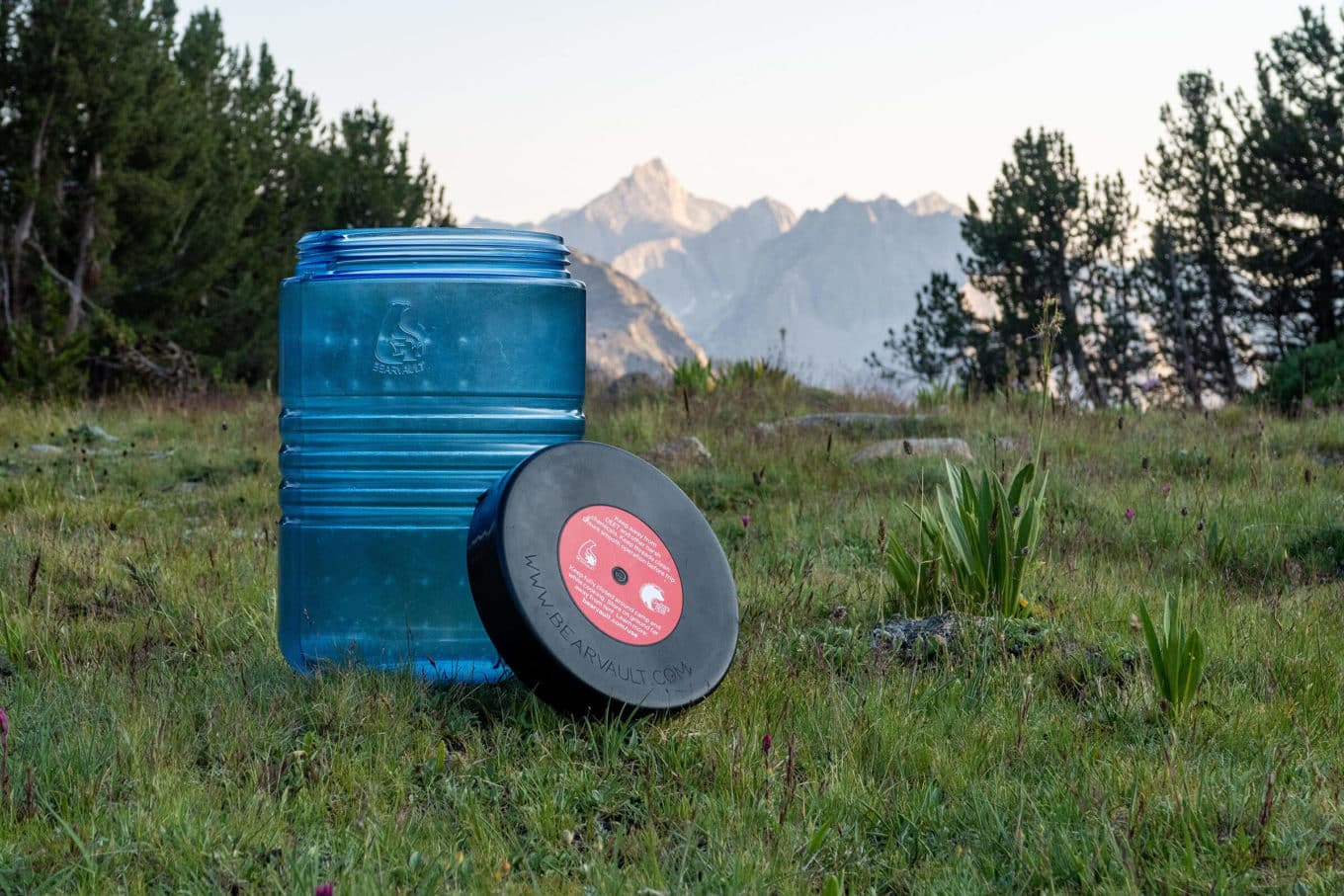The Continental Divide National Scenic Trail (CDT) stretches across the United States from the deserts of New Mexico to the snow-capped mountains of Glacier National Park. The CDT is a community connector that is often used for thru-hiking, as well as day and overnight adventures. If you’re new to backpacking, check out our comprehensive guide!
There are many things that make the CDT a challenging hike, including elevation, weather, and fires. People are also often concerned about wildlife, particularly bears. While this is certainly understandable, hopefully we’re able to soothe some of those fears through this blog by answering questions and giving you a game plan for bear country.
Bears can be found nearly everywhere across the CDT. Black bears and grizzly bears are the two main species found along the Continental Divide Corridor.
-Continental Divide Trail Coalition
Are there bears on the CDT?
In a word, yes.
Bears can be found nearly everywhere across the CDT. Black bears and grizzly bears are the two main species found along the Continental Divide Corridor.
Black bears are some of the most common in many regions across the country and along the CDT, where their habitat ranges from New Mexico all the way up to Montana. They are generally found in more forested regions, but have a variety of habitats due to their diverse diets. Black bears are omnivores and their food sources along the CDT corridor are mainly made up of tubers and berries; when they eat meat it is generally fish. A surprising fact about black bears is not all black bears are actually black in color! They can be brown, cinnamon, blonde, or even tinted gray. Male and female black bears are much different in size, with males weighing up to 600 pounds and females rarely weighing over 200.
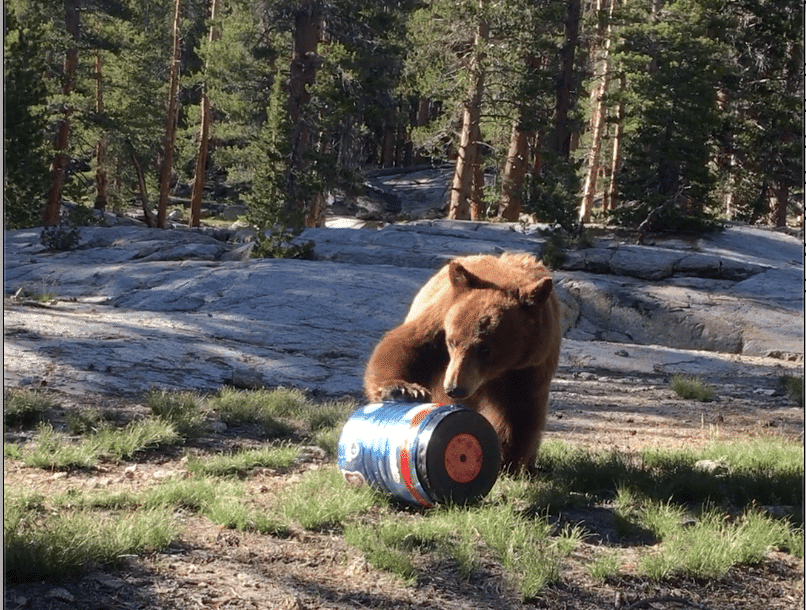
Grizzly bears are the other bear species that can be found along the CDT. Grizzly bears are found in the northern areas of the CDT in Montana and Wyoming. The main source or calories for grizzly bears comes from insects, grass, broad-leaved herbs, tubers, berries, and roots. They also eat fish, small mammals, deer and moose if they are able. Grizzly bears are very large — weighing upwards of 700lbs — and range in color from dark brown to light tan. One distinguishing feature of a grizzly bear is their shoulder hump, which is made up of well formed muscles and can be seen at the point where the neck and back come together.
Where oh where are the bears on the CDT?
New Mexico:
Black bears can be found in 13% of the open lands of New Mexico and live at higher elevations and in mountain regions. There are around 6,000 bears in New Mexico and they generally like to stick to the forests. They are the most active mid-April through mid-November.

Colorado:
The largest population of bears in Colorado live in the area of Gambel’s oak and aspen trees. More generally, bears can be found all across the western part of the state and are most active mid-March through early November.
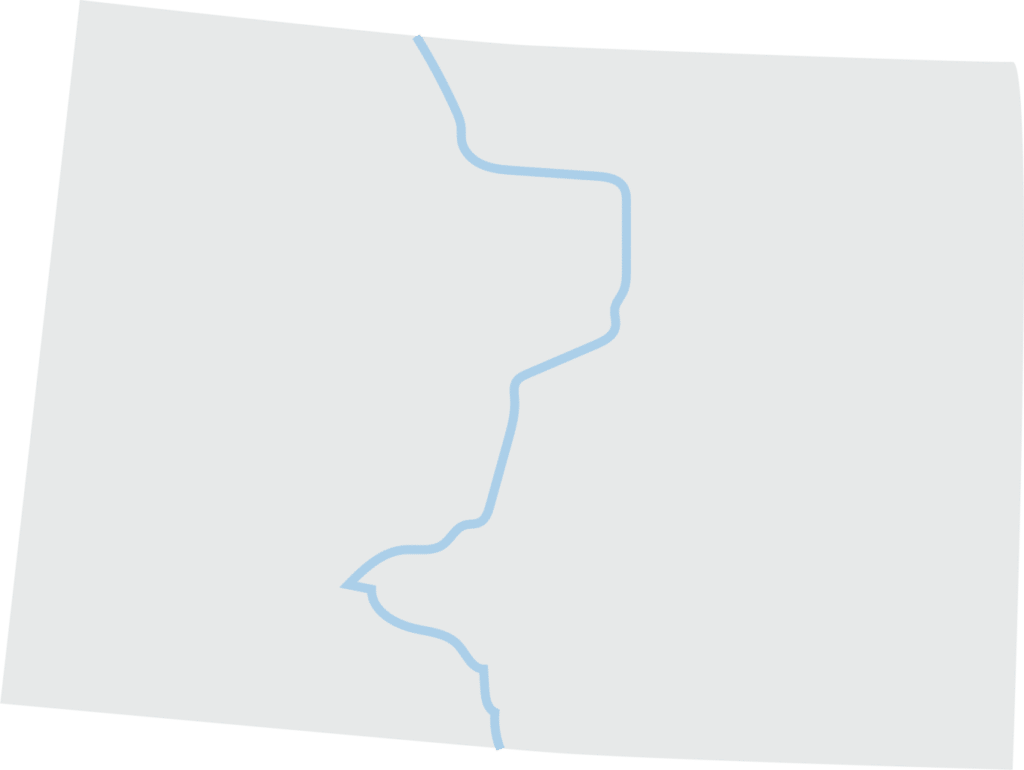
Wyoming:
Black bears are found across Wyoming and occupy a large range of habitats, from those above timberline to those at river bottoms. Grizzly bears have also been known to wander some Wyoming territory. Grizzlies can be found in Yellowstone National Park, the Wind River Range, and even as far south as the Wyoming Ranges. Bears are active March-November.

Idaho/Montana:
Northwest Montana has the biggest concentration of grizzlies in the lower 48 states. On the CDT, you will find grizzly bears in Glacier National Park and the surrounding forested wilderness – known as the Northern Continental Divide Ecosystem. Grizzlies are most active starting in April.
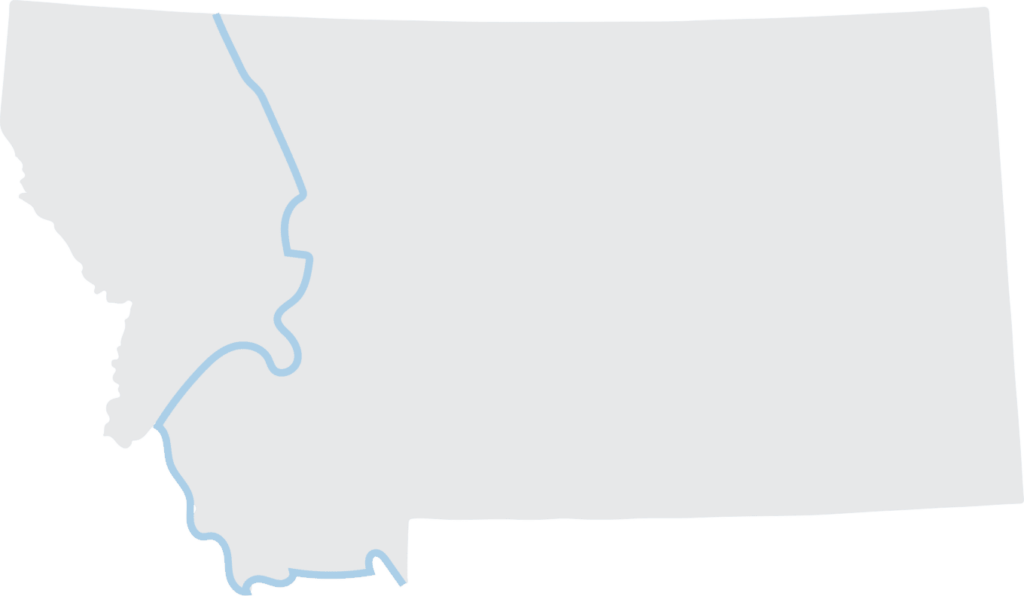
Do I need a bear canister on the CDT?
Bear canisters are not legally required along all parts of the CDT; however, they are extremely helpful in staying true to Leave No Trace principles, protecting your food, and maintaining a healthy bear population. While losing food to a bear may just be a funny or unfortunate experience for us humans to chat about, it can be deadly to a bear. Once a bear gets a taste of human food, they become determined to get more which can lead them to engage in behavior that endangers them. “A fed bear is a dead bear” is a common phrase among rangers who have to euthanize bears when they search for food, making the bears a hazard to humans.
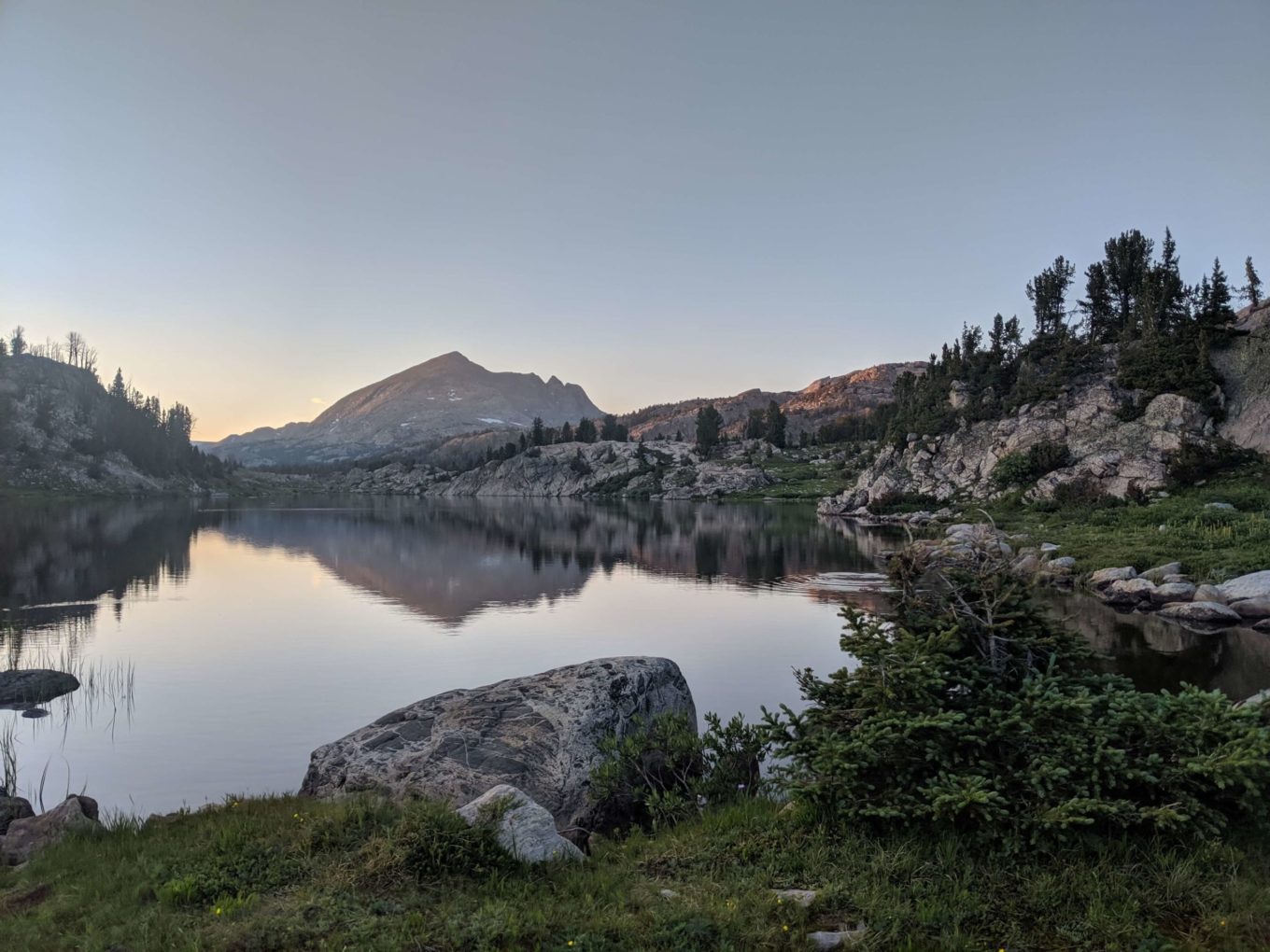
There are a few different ways that people store food on the trail, including hanging your food in suspended bags, using kevlar sacks, and bear canisters. While food hanging is a very common method among long-distance hikers, it can damage trees, be less secure than a bear canister, or present challenges in finding suitable trees in sparsely foliated areas. Kevlar bags also aren’t wildlife managers first choice because they don’t deter bears in the way that bear canisters do. This is because bears can still get a strong scent from them and experience flavor leaking through the bags when they chew on them, leading to habituation. Additionally, bear canisters are required in many areas on the CDT including San Juan National Forest, Rocky Mountain National Park, Glacier National Park, Bridger Teton National Forest and more. If you’re curious about where you do and do not need a bear canister, you can call the ranger district of the area you’re planning on traveling to. It’s generally good practice to carry a bear canister whenever you are in bear country, which includes the majority of the CDT.
Tips for Hiking in Bear Country
Bears are generally not a threat to humans and try to avoid humans when they can. Bears are usually only aggressive when they’re surprised, so a good thing to do when hiking in bear country is to make plenty of noise. You can clap, sing and call out “hey bear” every now and again while hiking on the trail so that you don’t accidentally startle an unsuspecting bear. Another way to be cautious when out and about in bear country is by looking for bear signs, such as bear scat (poop), fresh diggings, or prints. If you see any of these things, try to be extra cautious and maybe keep some continuous singing or chatter going. It is also important to have bear spray easily accessible when in bear country, especially where there are grizzly bears.

Uses and Tips for Bear Canisters
Remember to place your BearVault in an open area about 100 feet from your campsite. Additionally, some people choose to put items such as pots and pans on top of the bear canister that make noise when disturbed, which will help discourage critters from messing with your canister.
Bear canisters may seem a little awkward to fit in your pack but carrying the canister at the center of your pack will help with balance.
Bears are really good at sniffing out food — and determined! Bear canisters are a simple and effective way to store food while out on the trail and are often more convenient than hanging. Bear canisters can be used for a variety of adventures including camping, hiking, backpacking and river and sea trips (if out in a dry bag). You can even use your canister as a snazzy stool if the lid is closed properly!
Keep yourself and our bear friends safe on the trail and enjoy the adventure!
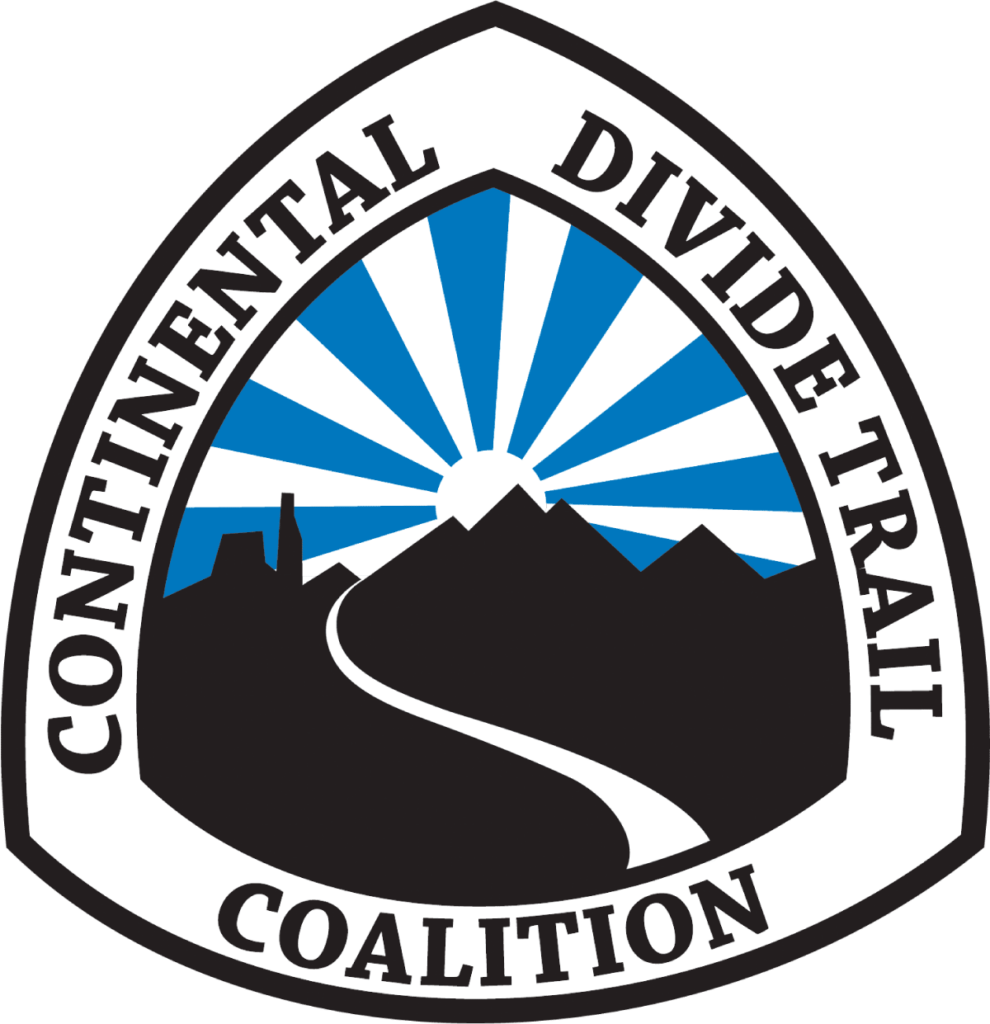
Guest Author:
The Continental Divide Trail Coalition (CDTC) is the 501(c)(3) national non-profit working in partnership with the US Forest Service, National Park Service, and Bureau of Land Management to complete, promote and protect the Continental Divide National Scenic Trail. Founded in 2012 by a passionate group of volunteers and recreationists, CDTC is a membership organization working to build a strong community of supporters who want to see the CDT protected not just for today’s users, but for generations to come.

